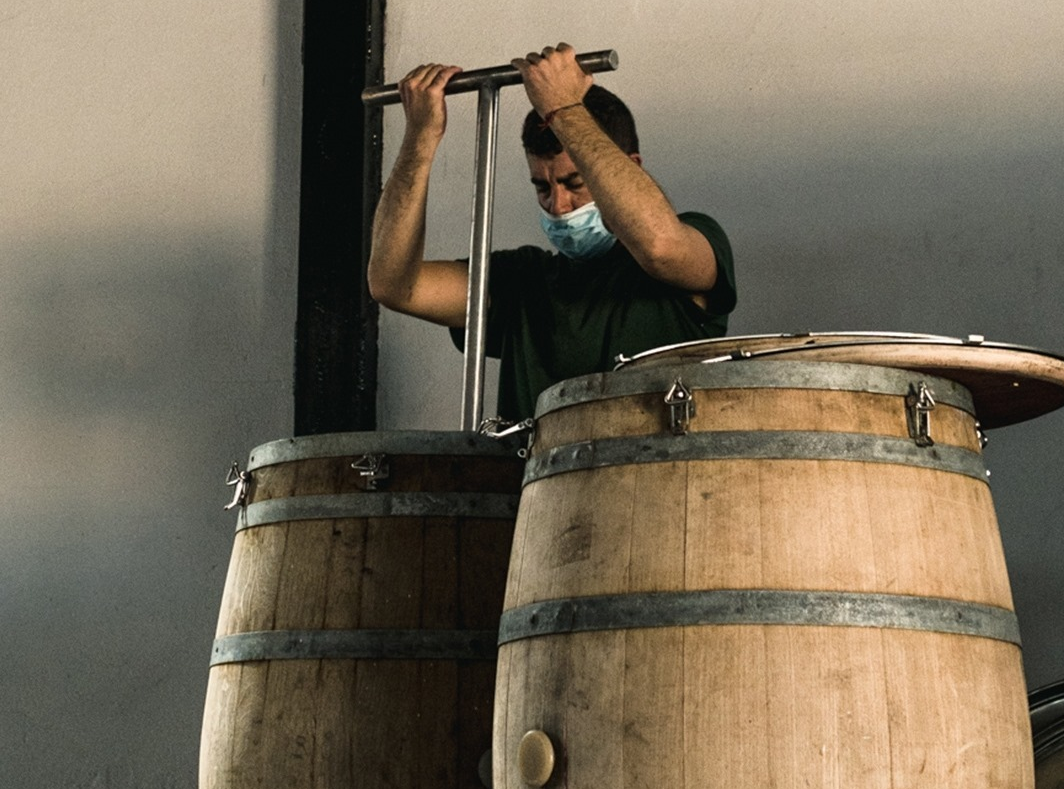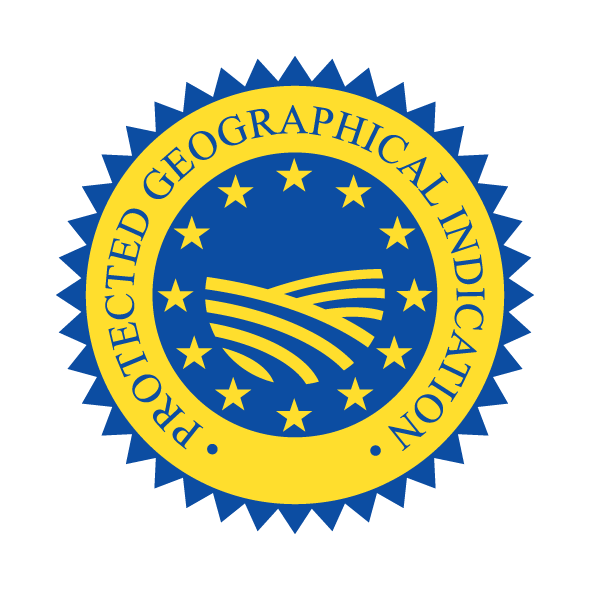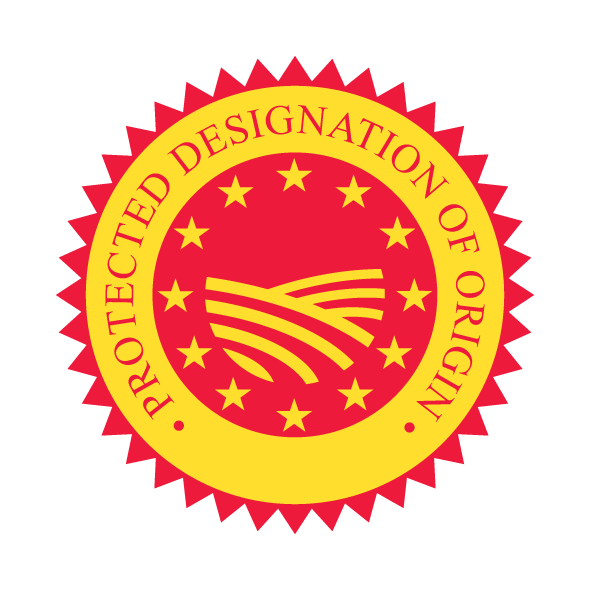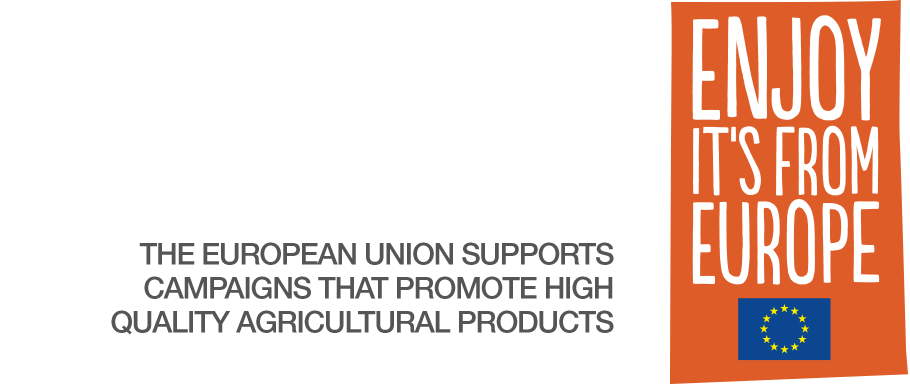Respect for the environment, culture and its people prevail throughout the production process of quality European Garnacha/Grenache wines. From the cultivation and harvesting of the appropriate grapes in the vineyards, to the storage, all care and attention are required. In addition, it is committed to preserving, maintaining and caring for wine with the highest quality and innovation. We comment here the different phases that take place during the Garnacha/Grenache wine production process:

Cultivation of the vines. Vineyard care is everything when it comes to the process of making quality European Garnacha/Grenache wine. The decisions that are made in the vineyard throughout the year guarantee the best quality in the wines. Respect for the old vines and the strength of the roots in the vineyards are maintained to offer the best wines. The entire process is based on respect for the environment. There are several types of grape: Garnacha Tinta to produce red, rosé or sweet wines; Grenache Blanc and Grey to make white wines, and Garnacha Tintorera and Garnacha Peluda to make young, crianza and sweet wines.
Harvest. This step refers to the harvesting of the Garnacha grape clusters when they reach the desired ripeness. In the harvest, the bunches from the vineyard are collected, and when it’s necessary they are sorted to discard the grapes that are in poor condition. This way, only healthy fruits remain, that will pass to the next stage. In the case of a production of dry wines, for Garnacha Blanca, Grey and Tinta, the ripening period is medium, with an earlier ripening in the case of Grenache Tintorera. On the other hand, Garnacha Peluda ripens later. The harvest period is always choosen according the style desired for the final wine.
Destemmed. Depending the style of vindication, it’s necessary to destemmed. It consists of removing the stalk, but also in the case of a mechanical harvest, branches and leaves, leaving only the Grenache grapes. For the red wine production there is an alternative to destemming, doing a traditional vinification with the whole bunches or using more rarely carbonic maceration. Those two last methods allowed to make stronger wines for the first one or younger and fruitier wines for the second.
The treading. Here the skin of the Garnacha grapes, always for the case of red wine, can be broken and together with the pulp, a mixture called must is obtained. In this process, special care is taken to avoid crushing the seeds.
Maceration. This is very rare to obtain white or rosé wines, excepted in cold temperature before the pressing and the alcoholic fermentation. Winemaker is talking about skin contact which usually last between few hours and few days.
For a red, depending if a cold pre-fermenting maceration is done, and according to the style research, the maceration of the must can last for one or more than two weeks. During the time of maceration, the skin of the grape is responsible for giving the wine its hue, aromas and structure. The extraction during the maceration can be increased for a red by pump-over, punching down or delestage…, all those technics help to have all the liquid part full impregnated with the flavor, tannins and color of the skins.
With Garnacha Tintorera grapes, we obtain a wine with a more intense colour.
When the ripening processes are appropriate, and also on dark soils, the amount of anthocyanins is greater, and if we also carry out an intense maceration of the skins with the must or wine, the colour intensity of the wines will be high.
With Garnacha Tinta grapes, a lighter wine colour is obtained.
During maceration, alcoholic fermentation occurs by which the sugar in the fruit is converted into alcohol thanks to the presence of yeast on the grape.
Pressing. This stage can be made before, during or after the alcoholic fermentation.
The must is passed through a press that extracts the liquid that is still present, to obtain the so-called press wine. The residues that remain at the end of the pressing are known as pomace and are usually distilled. An important point is that the press wine and the wine obtained after devatting are very often not mixed.
Malolactic fermentation. It is a second fermentation to which the wine is subjected to transform malic acid into lactic acid. This way the wine acquires a more soft acidity which balance the wine.
Battonage. This technique consists of suspending the fine lees (dead yeasts that are deposited at the bottom) by stirring the wine with a stick (batôn in French) to benefit from all its properties. This method is used to make more special wines, to get rounder and fater wines.

Devatting. It consists of transferring the liquid to another tank when all the fermentations are finished.
Ageing, Crianza and bottling. The wines can be aged or no. If they are fresh and fruity, the target is to drink them young. If they are enough powerful, sometimes they need to be age to round and balance them. So, they can be matured in different way, and very often in wood containers. To be aged in barrels, the quality of these barrels, of the wood, the size and the type of barrel are crucial. To obtain an excellent result of Garnacha wine, French oak is used during ageing. In the wood, the wine becomes more complex; among others the wine can take delicate aromas, such as vanilla, sweet spices …. this kind of ageing help also to accelerate the clarification of the wine and to complex its tannins.
With young Garnacha red wines, the commercialization is carried out immediately, but the rest will still have a period of aging which can be from 6 to 24 months. In the case of white and rosé wines, since they are not usually subjected to excessively long aging times in barrels, the time that elapses from bottling to marketing is much less.










